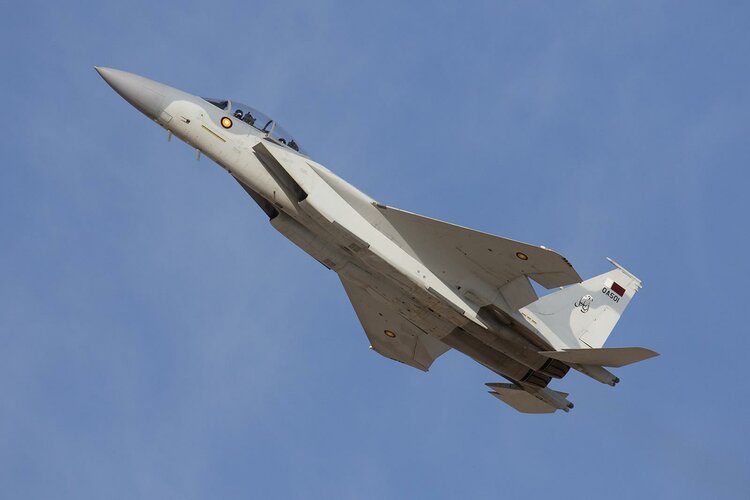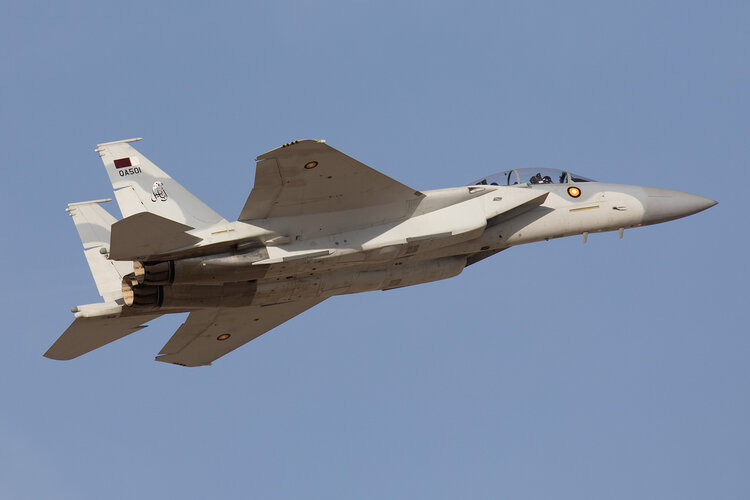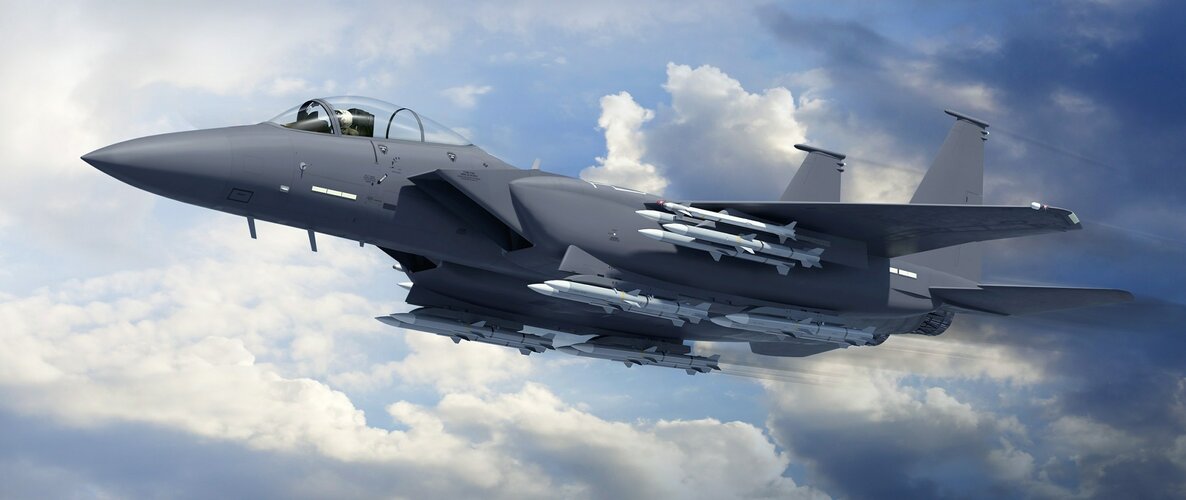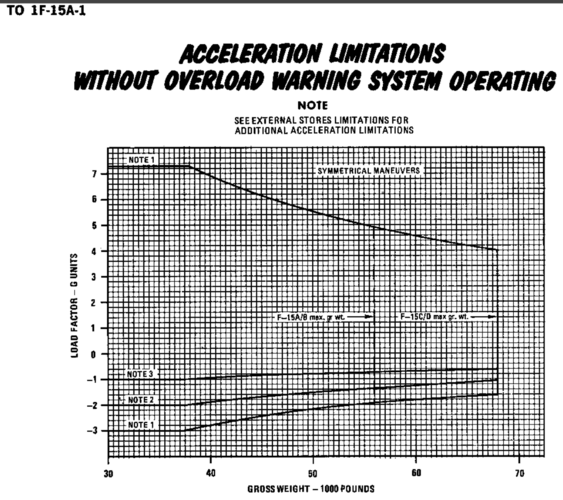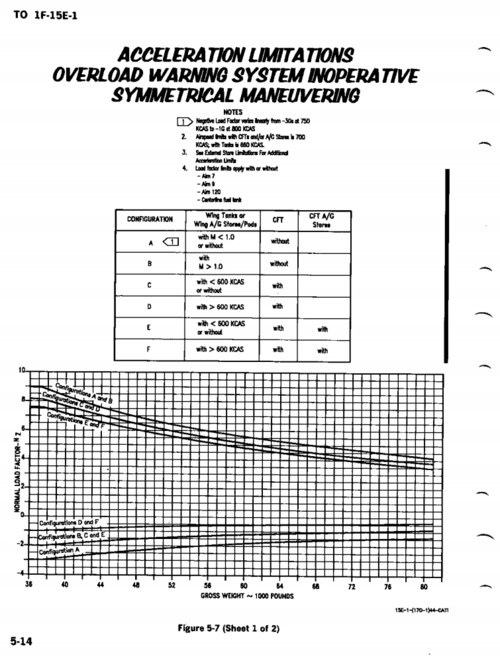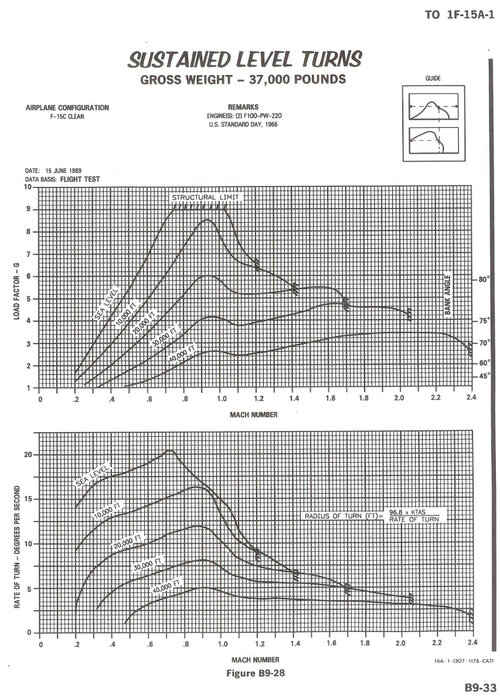- Joined
- 21 April 2009
- Messages
- 13,778
- Reaction score
- 7,761
Yes as I said a fantasy.I would not want my B-21s producing numerous, obvious IR events within BVR AAM range of opponent fighters any way. Perhaps a rotary armed with a very long ranged ordnance like an air launched SM-6 or Long Shot specifically for AEW/tanker targets would make some sense, but predominantly one assumes B-21s focus on air to ground.
But surely then any non-stealthy missile platform is dead. An F-15EX with 16 missiles hanging off its wings would light up radars long before a stealthy platform (with internal missiles) and be launching the same IR detectable missile.
How impactful would IR be from 100-150km rocket engine facing away from the opponent. So no hypersonic missiles from B-21s surely a much larger rocket engine (longer range sure but bigger signature)
Also wouldn’t F-35/22s risk IR detection then?
But then I don’t see B-21s tasked with an air to air mission anytime soon just speculation on what an optimized missile truck could be.

